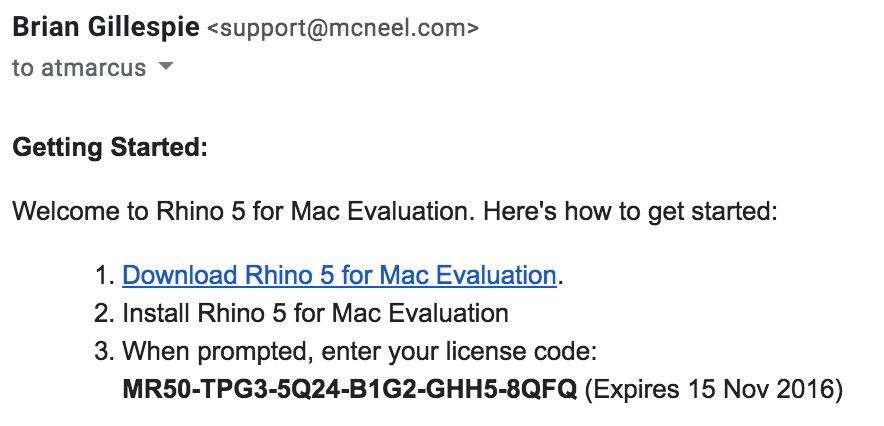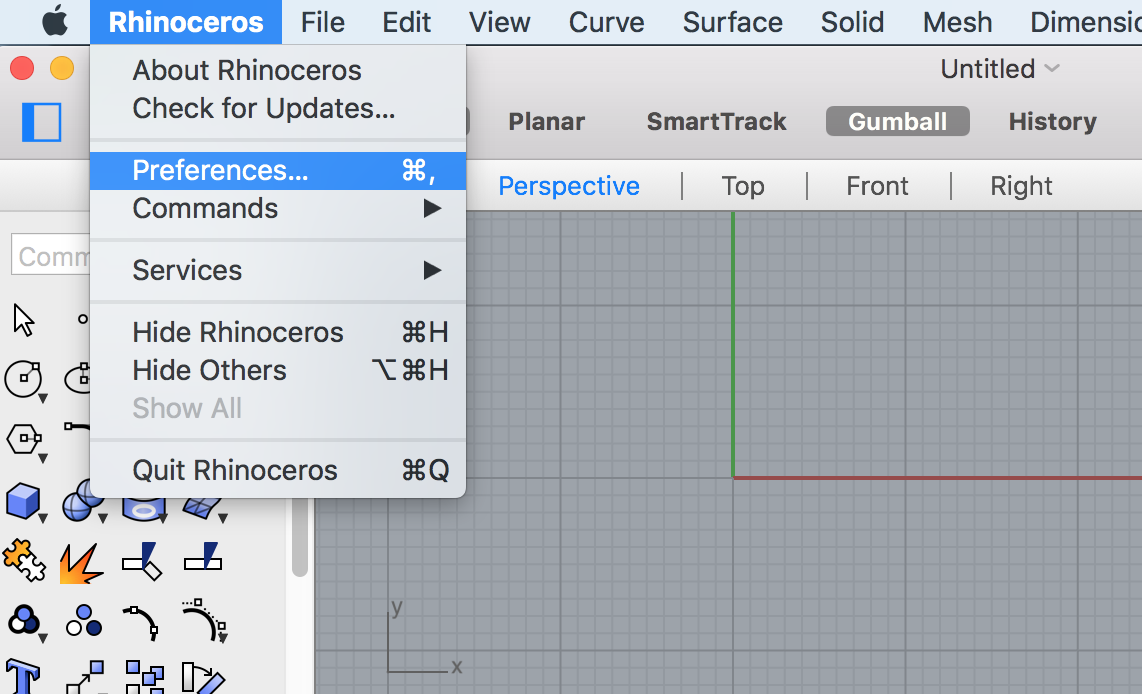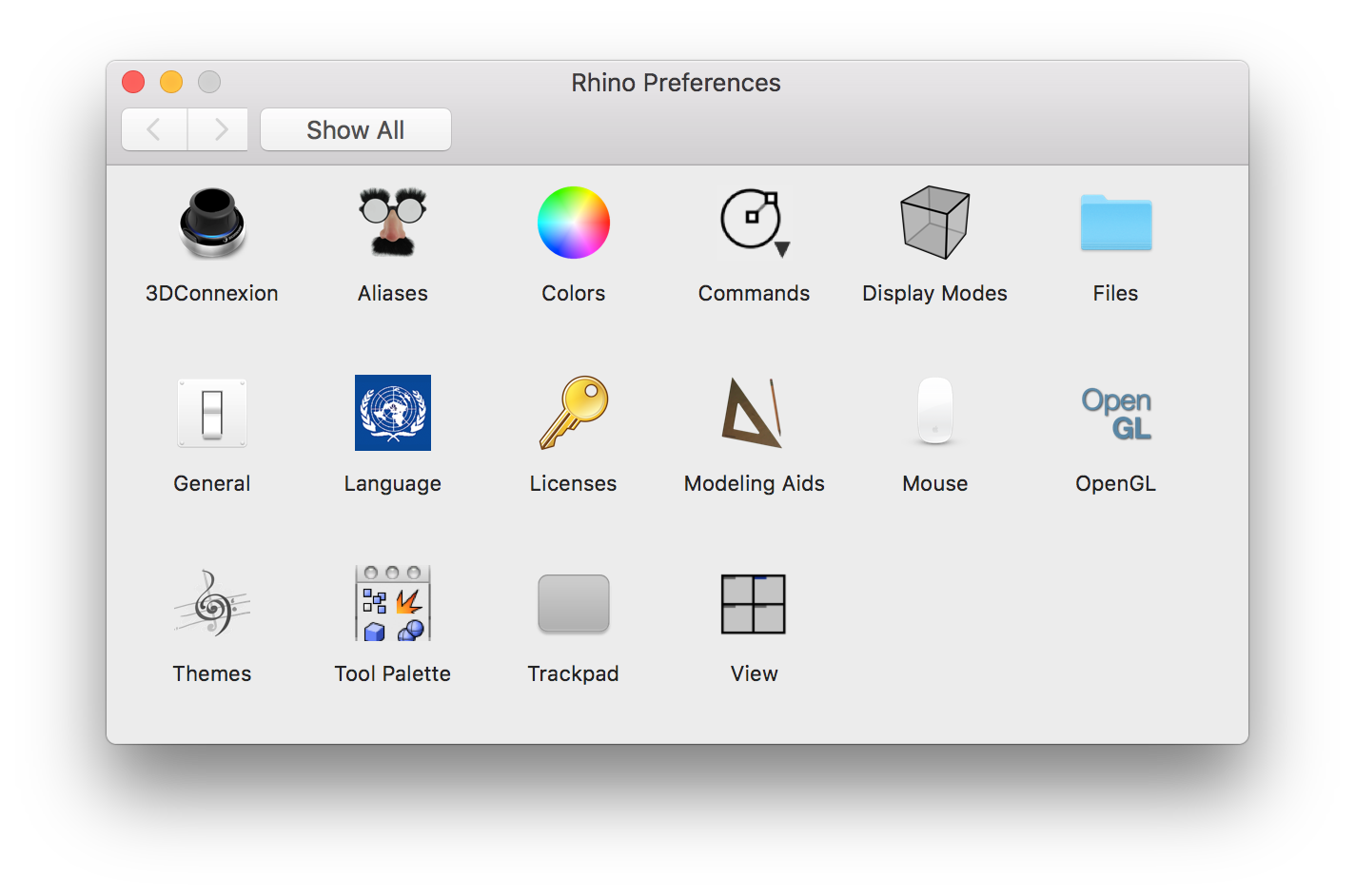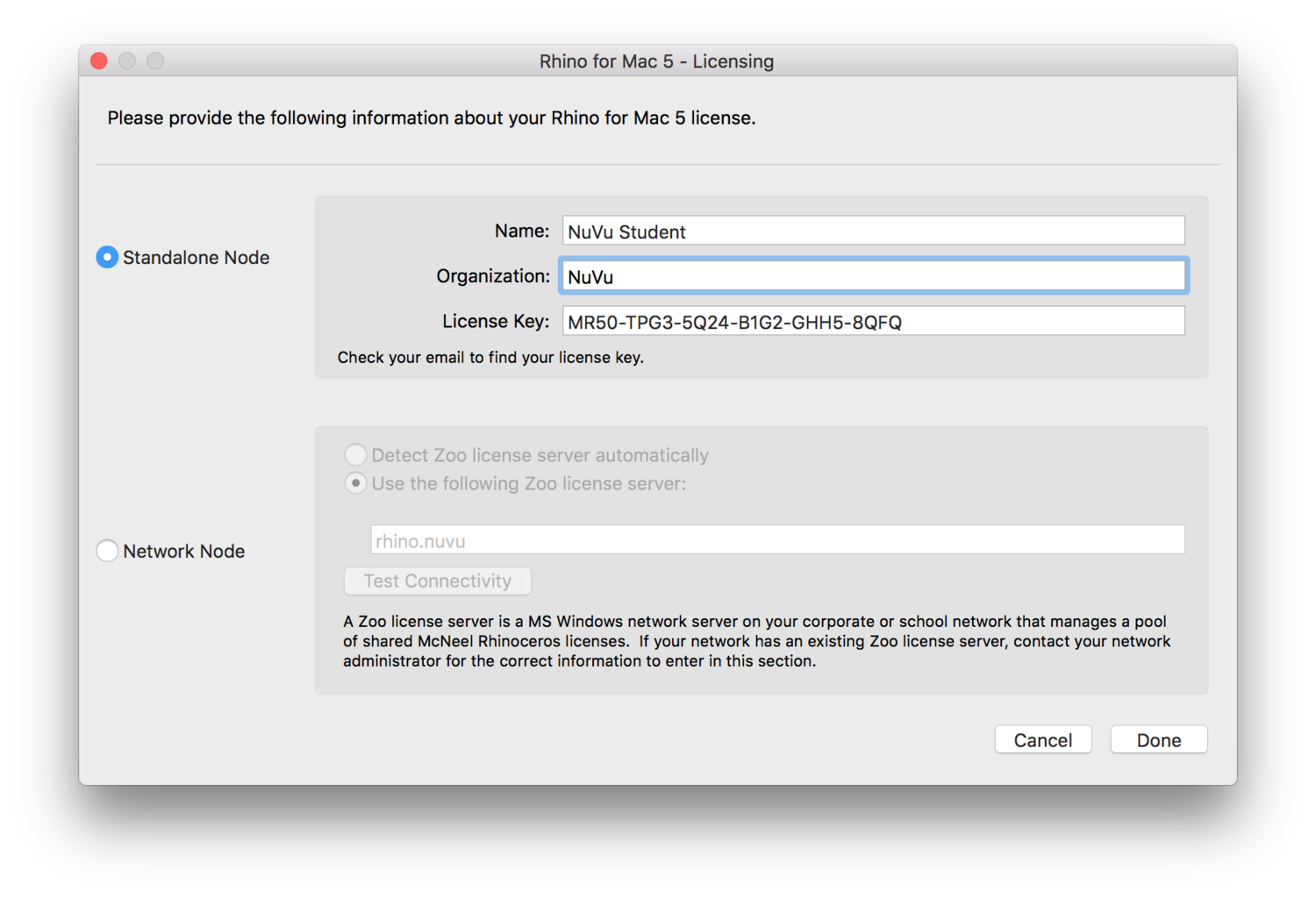Assignment:
The purpose of this post is to synthesize and document your progress for your most recent classes. You will complete this every weekend or as instructed by your coach. This is not merely a report of what you’ve done but an analysis of your work culminating in a clear statement of your direction for the project. You must include todays documentation in this post. This homework should take ~1 hour to complete.
- Post 5-10 images from this recent blog posts and clearly title and caption each one. This should include precedents, sketches, and photos of your work.
- Write an in process Project Description. This briefly describes the Soul and Body of your project and what you are truing to achieve with your idea. If you have more than one idea you are working on describe them all.
- Discuss where you began, how you progressed, and where you ended this week working on your project in terms of its :
- concept/idea (Main focus this week)
- technical aspects
- Fabrication progress
- As part of the discussion, reflect on the feedback you received from coaches and the design decisions you made based on this feedback. You will have multiple simultaneous paths, write about them all. Relate this discussion to specific images you posted, by title of the image.
- Discuss how your decisions relate to your project idea and indicate if you changed your idea and why. We want to know how the work you did this week supports your overall project goals. Be specific.
- What portions of your idea/project still need to be figured out? Describe your next immediate steps and what you plan to work on early nest week.
Example:
The Slime Shade
Thesis: The Slime Shade is a living window shade that supports sustainability through an integrated home bioreactor. It provides solar heat gain reduction and generates biofuel in the home through the use of active algae production in a complex heat-sealed ecosystem.
We decided to continue with the Slime Shade project and want to focus on improving the environmental conditions for growth through further development of the habitat as well as improving on the aesthetic design and figuring out how to both transport and draw off algae for biofuel.
We began by growing a small sample of algae so that we can collect some data over the course of the studio on its growth rate. Tim gave us feedback on ideal growth conditions and we wanted to try things out in a controlled environment.
In our previous version we struggled with meeting aesthetic, mobility, and habitat requirements for the actual shade and wanted to address these issues first. We looked at various shade designs and discussed what types of patterns would meet all three criteria. We felt like corners would trap a lot of algae so we may want to avoid 90-degree angles and began working with hexagons. We also talked about whether the shade itself should be at a constant pressure versus a model system that uses solenoids and can have inter-changing parts. We are leaning towards a modular system. Andrew offered some feedback about pooling and ease of raising and lowering shades, so we began exploring how cutting edges of the hexagons could make things move more smoothly, both in terms of fluid flow and raising and lowering the shade.
Simultaneous with exploring shade patterns, we began to investigate how we would seal the plastic as this was a major hindrance in our original design. We began by modifying a soldering iron with a steel ball roller to allow for more precise control. We found that the all-steel roller bearing did not heat up sufficiently and ordered an aluminum roller which we thought would work better. We also wanted more control over the roller and Tim suggested that we use try to create an attachment for the CNC mill that would let us have computer control. We made a new prototype of the sealer. We tried brazing the metals together, but stainless and copper don't like each other so they didn't bond. We then blasted it into submission with the welder. It also didn't work well because the stainless is so thin, but it kinda stays together so it's good enough.We designed the CNC attachment to fit inside the dust collector shroud and to allow for even pressure without breaking. When the roller arrived, we tested our system on the CNC. After a few tries it worked great. We created a sample flow pattern and filled it with algae and it held!
All of our work is supporting our original idea. Now that we have the CNC attachment, we need to go back to refining the geometry of the shade and optimizing for ease of raising and lowering and algal growth. We also need to begin looking at the overall design and the pumping systems. On Monday Stefani will begin the pump redesign and Nathan will continue to work on the patterning.
In order to finish the project we need to finalize the pattern, decide if the shade moves (and figure out how best to do it - automatic or manual), completely redesign the frame and pump system, figure out how to get the algae out and what to do with it, run the pattern through the CNC, hook everything up, and put it all together! That is overwhelming! I am not sure if we will be able to address the biofuel extraction, but that may we able to be done in another project. We might be able to simplify things - it could be that the shade does not need to be raised or lowered at all!
:rotate(0)/4vak3w14u05cp2adek22clelc2ua)
:rotate(0)/7hoj4ae2bu4s9y3pzmcudc1vfq1a)
:rotate(0)/g1qote4g552226sqcw9vdd4ogiq5)
:rotate(0)/zckq44w0xrhpg238iqg1yzgk07g2)





:rotate(0)/vk30xnjzj84oh0bdwth0e9jkakoz)
:rotate(0)/vk30xnjzj84oh0bdwth0e9jkakoz)
:rotate(0)/pbe31wmz20dm5ey9pxco9gves2m8)